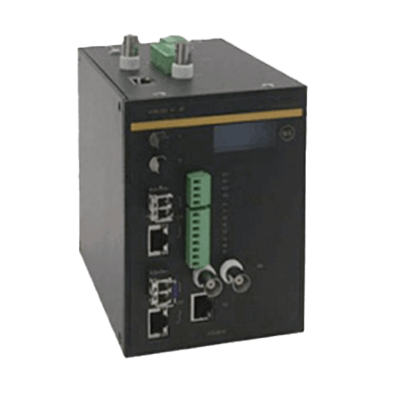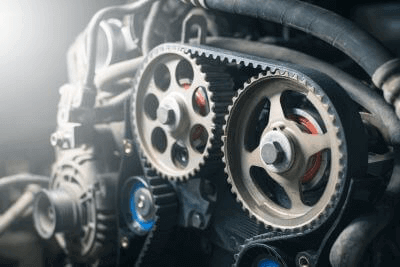What Is a Time Server?

A Time Server is a server that distributes current time information over a TCP/IP network such as the Internet.
It uses the Network Time Protocol (NTP) to synchronize time between servers and to provide accurate current time information to clients. Each client PC can use this protocol to communicate with the Time Server and obtain the current time.
In addition, not only the client PCs, but also routers and other network devices on the network obtain time data from the Time Server in order to synchronize their operations with the correct time.
By synchronizing the time of devices on the network with the Time Server, all devices in the system can be recorded at the same time, and logs between devices can be matched.
Uses of Time Servers
Time Servers are used to provide time data to devices that require accurate time.
1. IT Systems
IT systems require accurate time synchronization. For example, in an environment with multiple servers, accurate time synchronization is required between those servers.
Time stamps in log files will be accurate, making troubleshooting easier.
2. Security Measures
In security measures, for example, accurate recording of login times makes it easier to detect and investigate unauthorized logins.
3. Business
Accurate time synchronization is also necessary for business. For example, international transactions require accurate time synchronization since there are exchanges and banks in different countries.
Accurate time synchronization is also essential for online shopping. Accurate time synchronization is essential because of the large number of time-related transactions, such as orders and payments.
4. Science and Technology
Accurate time synchronization is also necessary in the scientific and technical fields. Astronomy, meteorology, and other observations require accurate time synchronization. Accurate recording of these observations enables more accurate forecasting and analysis.
As described above, Time Servers are used in a wide variety of applications. Accurate time synchronization is needed not only in IT systems and business, but also in scientific and technical fields. The accurate time information provided by Time Servers contributes to a wide variety of situations.
Principle of Time Servers
Time Servers typically share time information using the NTP (Network Time Protocol) protocol, which is a protocol for time synchronization over TCP/IP networks and provides various functions to achieve accurate time synchronization.
In NTP, a client requests time information from a Time Server. The Time Server sends the accurate time information it holds to the client. This time information includes accurate time information obtained from a high-precision clock such as an atomic clock or GPS. The client reflects the received time information in its own clock to achieve accurate time synchronization.
NTP also allows the client to retrieve time information from multiple Time Servers if there are multiple. This allows for more accurate time synchronization. In addition, NTP provides functions to compensate for network delays and clock errors that occur in time synchronization. This allows for more accurate time synchronization.
Additional Time Server Information
Clock Hierarchy
NTP is operated in a hierarchical structure for the purpose of load balancing. Stratums are numbered 0, 1, 2, and so on, and the larger the number, the further away from the main Time Server, and thus the larger the error.

